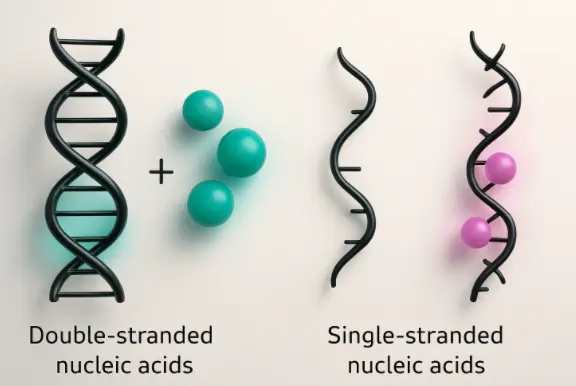
Use of Genetically Engineered Cells
The production of biosimilars begins with the use of genetically engineered cells, a fundamental component of modern biotechnology. These cells commonly mammalian, bacterial, or yeast are modified through recombinant DNA technology to carry the gene encoding the desired therapeutic protein. Once introduced into the host cell’s genome, this genetic material directs the cellular machinery to produce the complex biologic molecule with high fidelity. The choice of expression system is carefully optimized to ensure correct folding, glycosylation, and other post-translational modifications that are critical for biological activity and stability. This approach enables large-scale, controlled production of biosimilars that are highly similar to reference biologics, while also supporting scalability, quality consistency, and regulatory compliance. Ultimately, genetically engineered cells form the backbone of biosimilar development, bridging molecular design with real-world therapeutic application.